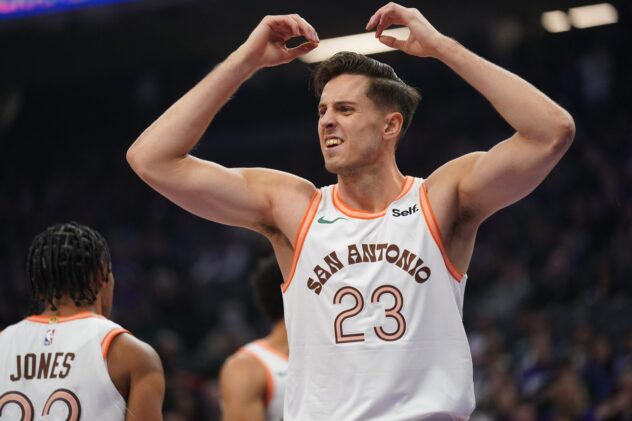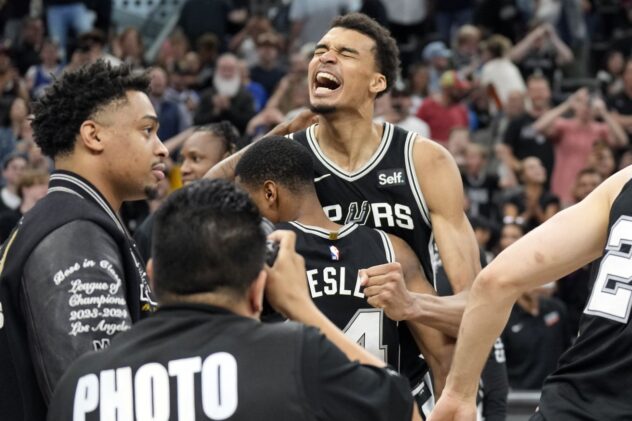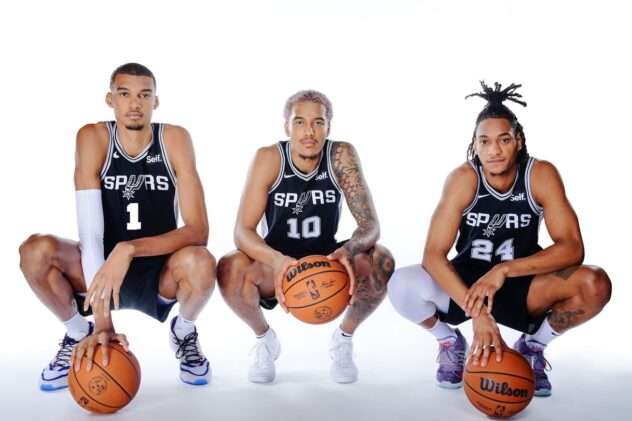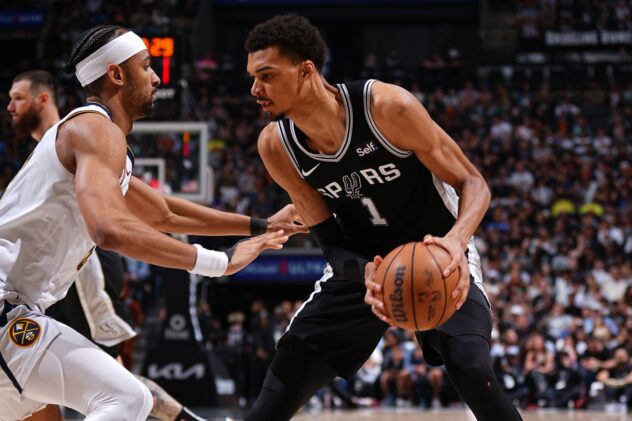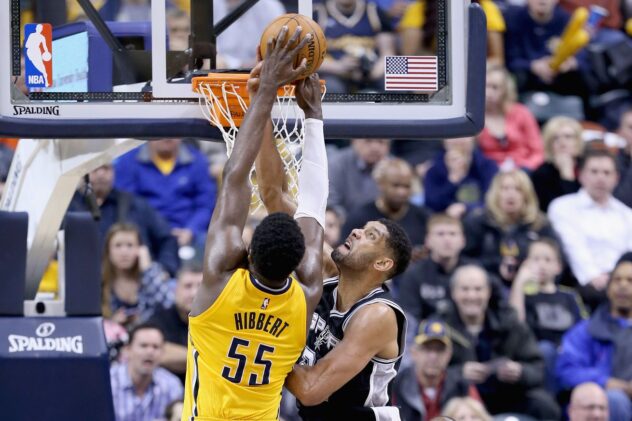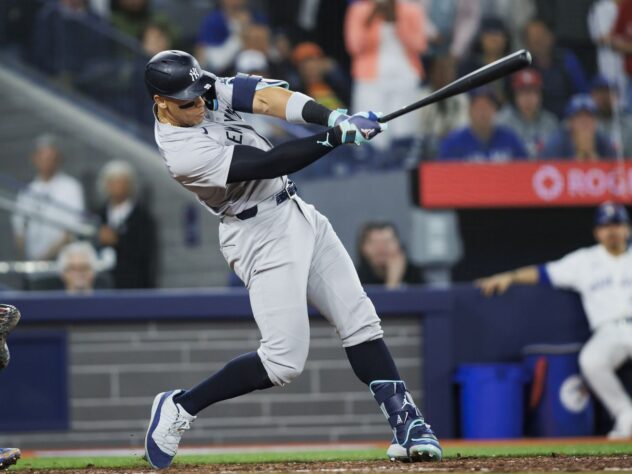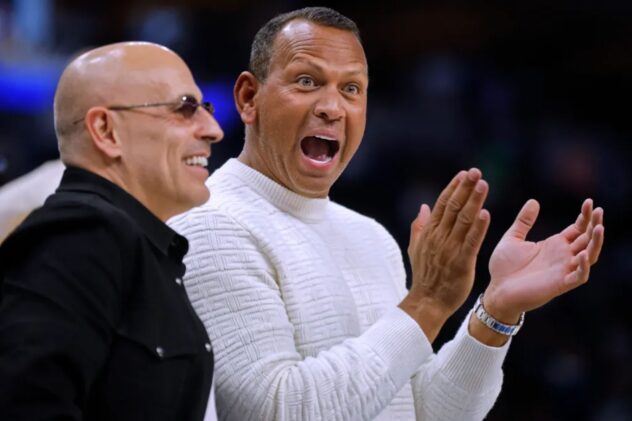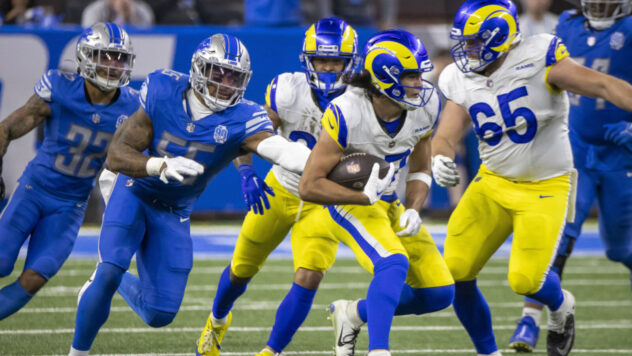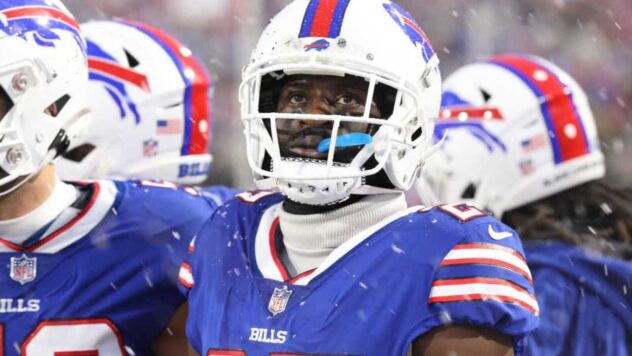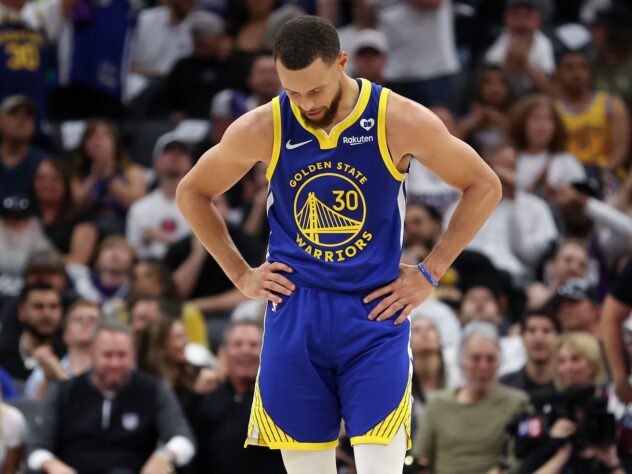The Spurs are a different team when they can run
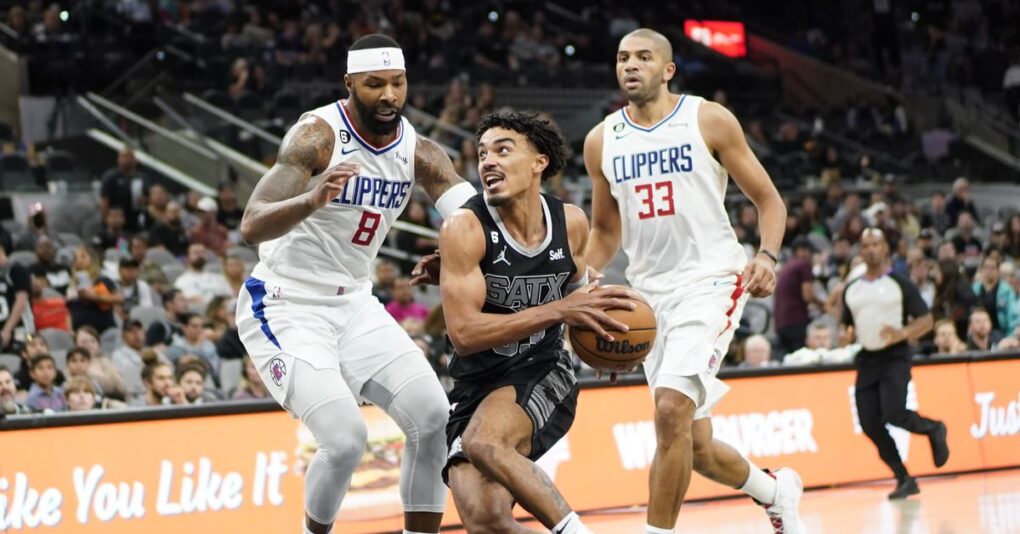
The Spurs were expected to struggle on defense this year, but recently the team has had a hard time scoring on most of their eight straight losses, plummeting down the standings. The big outlier was Saturday’s game against the Lakers, when San Antonio dropped 138 points.
Arguably the main reason for the scoring explosion and to a degree their early success was the Spurs’ ability to get out in transition to make up for a clearly flawed half-court offense. San Antonio is still a high-paced team but simply doesn’t get enough transition buckets anymore. When they do, it changes everything.
Let’s look at where they stood before the latest Lakers game. In their wins this season, most of which came early in the year, the Spurs averaged 17.1 fastbreak points per game, a mark that would have them ranked third in the league. In losses, they scored just 11 fastbreak points, which would rank 25th in the league. It might not seem like that big of a difference, but for a team that ranks 27th in the league in half-court offense, according to Synergy Sports, not getting a few easy points is a huge deal, especially since San Antonio can’t make up for it at the line, since the team ranks second to last in the league in free throw attempts. For the Spurs, it’s either score early before the defense is set or struggle to even get good looks on most possessions.
The reasons for San Antonio’s inability to run as much as the coaching staff would probably like are many, but one of the main ones is their deficiencies when it comes to getting live ball turnovers. Before Saturday, the Spurs ranked 11th in opponent turnovers per 100 possessions, but only 19th in steals per 100 possessions. The Silver and Black are far from the best at scoring on live-ball turnovers, but they rank around the middle of the pack, according to InPredictable. If they could simply get more opportunities to run off opponent’s mistakes, they could probably up their scoring easily. Unfortunately, there simply aren’t any elite ball hawks on the team who can get things going, since only Jakob Poeltl and Tre Jones average more than a steal a game.
Similarly, the Spurs have not been great at rebounding opponent’s misses, an area that used to be a strength in past years. San Antonio ranks 22rd in defensive rebound percentage. The Spurs are one of the teams who pushes the pace the most and take shots quickly after defensive boards but are simply not getting enough of them to really fuel their attack. Zach Collins’ absence combined with the subpar defensive rebounding of Jeremy Sochan has really hurt a team that at times has even tried to go without a center. A big part of the Spurs’ identity is that anyone who gets a rebound can push the ball up court, but to do that first they need to force misses and then secure the ball, which is not happening often enough.
The team as a whole struggles with the lack of clear-cut transition opportunities, but some players in particular are affected the most. Sochan is at his most comfortable on the open floor, where he can use his speed to beat opposing bigs down the floor instead of trying to get shots up against a set defense, which helped him have his best scoring game against a Timberwolves team that couldn’t get back in time to stop him. Keldon Johnson typically benefits from getting a few easy looks, with three of his top five highest-scoring games coinciding with three of the games in which he scored the most in transition. But the one who needs pace the most is Tre Jones.
Jones is at his best when he can push the ball, as his lack of consistent range can create problems for him in the half court, and the team’s spacing issues and his iffy pull-up jumper affect his ability to run the pick and roll. In his top five scoring games this season, he at least got four fastbreak points. More importantly, running unlocks his playmaking. Jones has had four games with double-digit assists, for a total of 44. Of those 44 assists, 15 came directly on the break while a bunch of others came early in possessions when he catches the defense sleeping. Jones is a decent floor manager in the half court but turns into a dynamic offensive player when the team plays fast.
So could the success of the Lakers game be a sign that the Spurs will now look to run as much as possible? It’s not that simple, for the reasons already mentioned. Not every team will be as nonchalant in getting back on defense as the Lakers were, and San Antonio could struggle to rebound well or force turnovers. Always trying to push the pace could also result in a lot of mistakes of their own, and there’s no conclusive proof that simply getting transition buckets will result in more wins, either.
It’s still something to look out for. When the Spurs get those easy buckets on the break or even before their opponent is set, an offense that can be neutralized for long stretches becomes a lot more potent and some of the key players that need to show improvement seem to thrive. Hopefully we’ll see more games in which San Antonio’s youth and speed give them the edge they need in transition.

